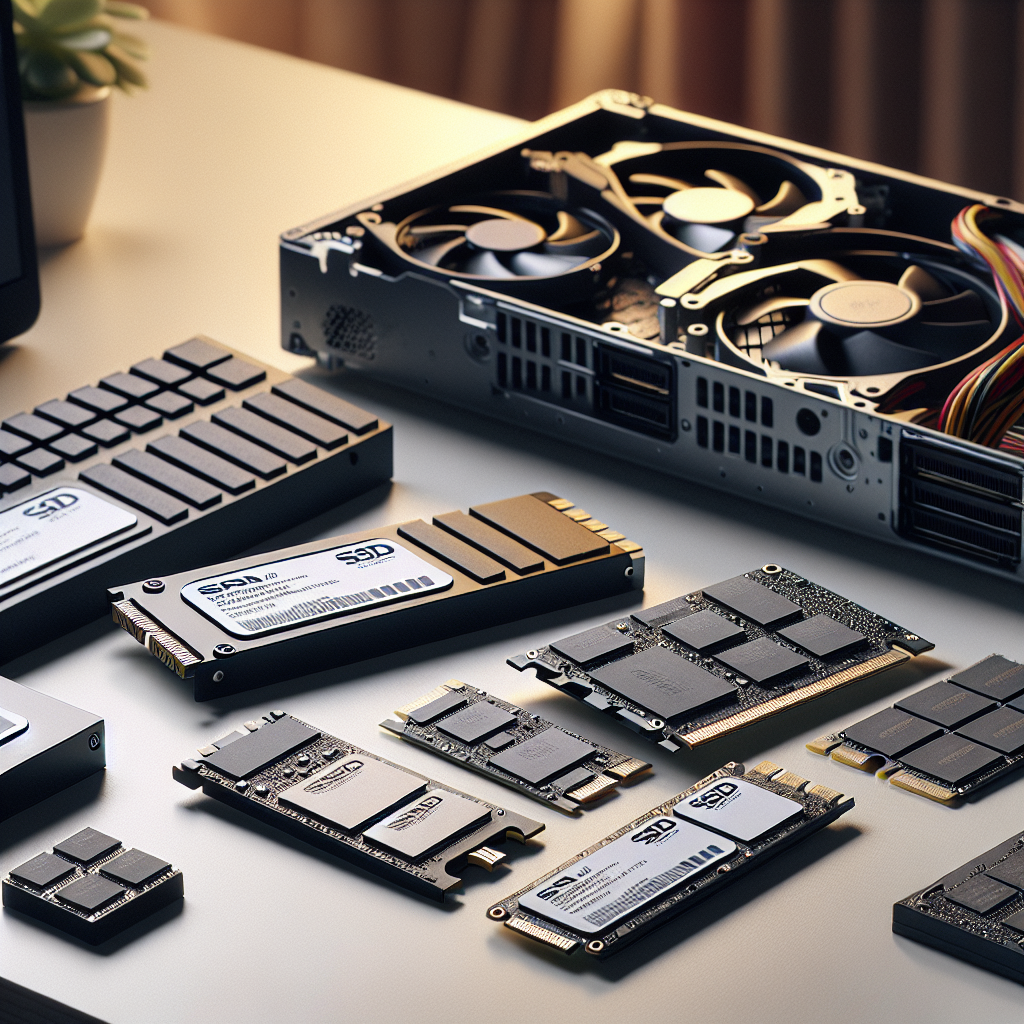Solid-state drives (SSDs) have become an essential component of modern computers, offering faster speeds and improved performance compared to traditional hard disk drives (HDDs). If you’re looking to upgrade your computer with an SSD, you may be overwhelmed by the number of options available on the market. Here are some tips to help you choose the right SSD for your computer.
1. Determine your storage needs: The first step in choosing the right SSD is to determine how much storage space you need. SSDs come in a range of capacities, from 128GB to 2TB or more. Consider your usage habits and the types of files you typically store on your computer to determine the appropriate capacity for your needs.
2. Consider the form factor: SSDs are available in different form factors, including 2.5-inch SATA, M.2, and PCIe. The form factor you choose will depend on the type of computer you have and the available slots for storage devices. M.2 and PCIe SSDs are typically faster and more compact, making them ideal for laptops and small form factor PCs.
3. Look for the right interface: SSDs can use different interfaces to connect to your computer, such as SATA, NVMe, and PCIe. SATA SSDs are the most common and are compatible with most computers, while NVMe and PCIe SSDs offer faster speeds but may require a compatible motherboard. Make sure to check your computer’s specifications to ensure compatibility with the interface of your chosen SSD.
4. Consider read and write speeds: When choosing an SSD, pay attention to the read and write speeds, as these will affect the overall performance of your computer. Faster speeds will result in quicker boot times, faster file transfers, and improved overall responsiveness. Look for SSDs with high sequential read and write speeds for the best performance.
5. Check for reliability and durability: SSDs are known for their reliability and durability, but not all SSDs are created equal. Look for SSDs from reputable brands with a proven track record of reliability. Consider the warranty period and the endurance rating of the SSD, which indicates how many terabytes can be written to the drive before it starts to degrade.
6. Compare prices: Finally, compare prices from different retailers to find the best deal on the SSD that meets your needs. Keep in mind that higher-capacity SSDs and models with faster speeds will typically cost more, so prioritize your requirements and budget accordingly.
By following these tips, you can choose the right SSD for your computer and enjoy improved performance and faster speeds. Whether you’re upgrading an older computer or building a new system, investing in a quality SSD will help you get the most out of your technology.


Leave a Reply